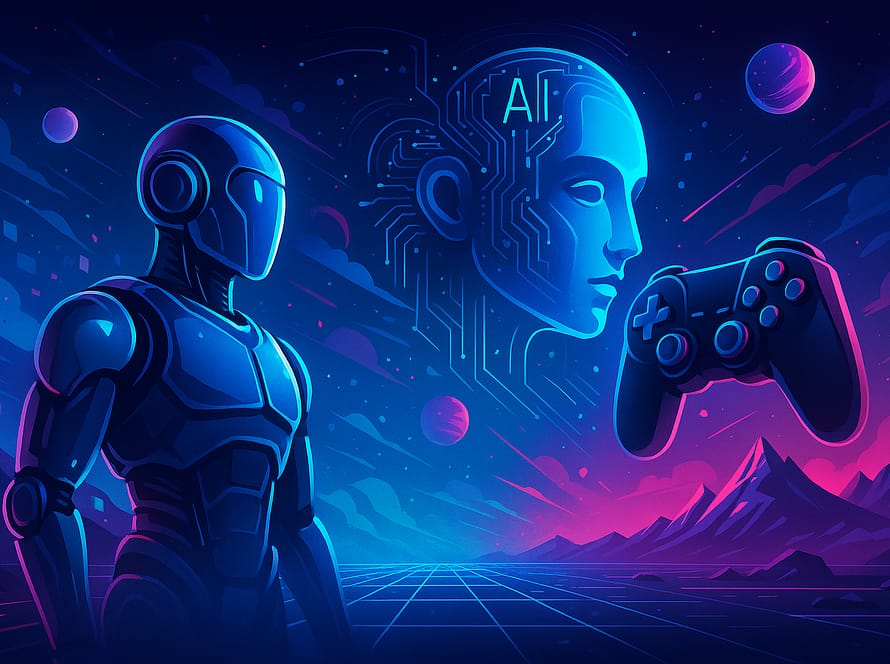Monster Hunter Wilds: In 2025, gaming isn’t just entertainment — it’s innovation, immersion, and boundary-breaking technology. One title stealing the spotlight. But beyond epic monsters and cinematic visuals lies a tech masterpiece worth dissecting. In this blog, we’ll explore Monster Hunter Wilds: The Technology Behind 2025’s Most Anticipated Game — and why it’s critical for developers, game designers, and tech leaders in today’s evolving digital world.
From real-time rendering to AI-driven environments and seamless multiplayer, Monster Hunter Wilds is a glimpse into what the future of game development looks like — and what we can all learn from it.
💡 Monster Hunter Wilds the Game Engine: Pushing the Limits
Capcom’s Monster Hunter Wilds is powered by the RE Engine — their proprietary system already known for its work on Resident Evil Village. But this time, it’s taken to a new level.
- ⚙️ Advanced real-time global illumination for ultra-dynamic lighting.
- 🧠 AI-based creature behavior that evolves based on player actions.
- 🚀 Platform-optimized rendering pipelines for smoother performance.
These technologies represent a future where games are visually stunning, smarter, and more responsive — giving developers new standards to meet.
🤖 Living Worlds: AI and Environmental Dynamics
One of the most fascinating aspects of is its living ecosystem. Monsters interact, adapt, and migrate based on in-game conditions — all powered by cutting-edge simulations.
- 🌍 Agent-based AI models govern monster behavior patterns.
- 💾 Procedural environmental changes based on weather, time, and events.
- 📊 Dynamic difficulty systems responding to player performance in real-time.
These features mirror real-world tech used in autonomous robotics and urban planning simulations — making them valuable not only in games but in broader tech applications.
🕹️ Multiplayer & Cloud: Seamless Co-op and Sync
Multiplayer gaming in 2025 demands low-latency, cross-platform, always-synced experiences — and Monster Hunter Wilds delivers.
- 🌐 Cloud-based synchronization keeps the game world consistent across players.
- 🔗 Instant transitions between zones without loading screens.
- 🧩 AI matchmaking systems that group players by preferred combat styles and pacing.
These technologies could influence not only future online games, but collaborative tools, virtual events, and remote experiences.
🚀 What Developers Can Learn from Monster Hunter Wilds
Monster Hunter Wilds offers powerful insights for anyone building software in 2025:
- 🛠️ Build modular engines that adapt across platforms and use cases.
- 📡 Embrace real-time processing and cloud-based scalability.
- 🎯 Think systems, not features — interconnected elements offer long-term value.
If you’re interested in these innovations, check out this related piece from TechCrunch.
Also, don’t miss our in-depth blog on AI in Gaming here on BranCodeLogic.com!
👨💻 About BranCodeLogic
At BranCodeLogic, we help tech-forward companies build the future — from custom CRMs and EMRs to mobile apps and AI-powered automation.
📌 Ready to turn your idea into reality? Let’s talk.



